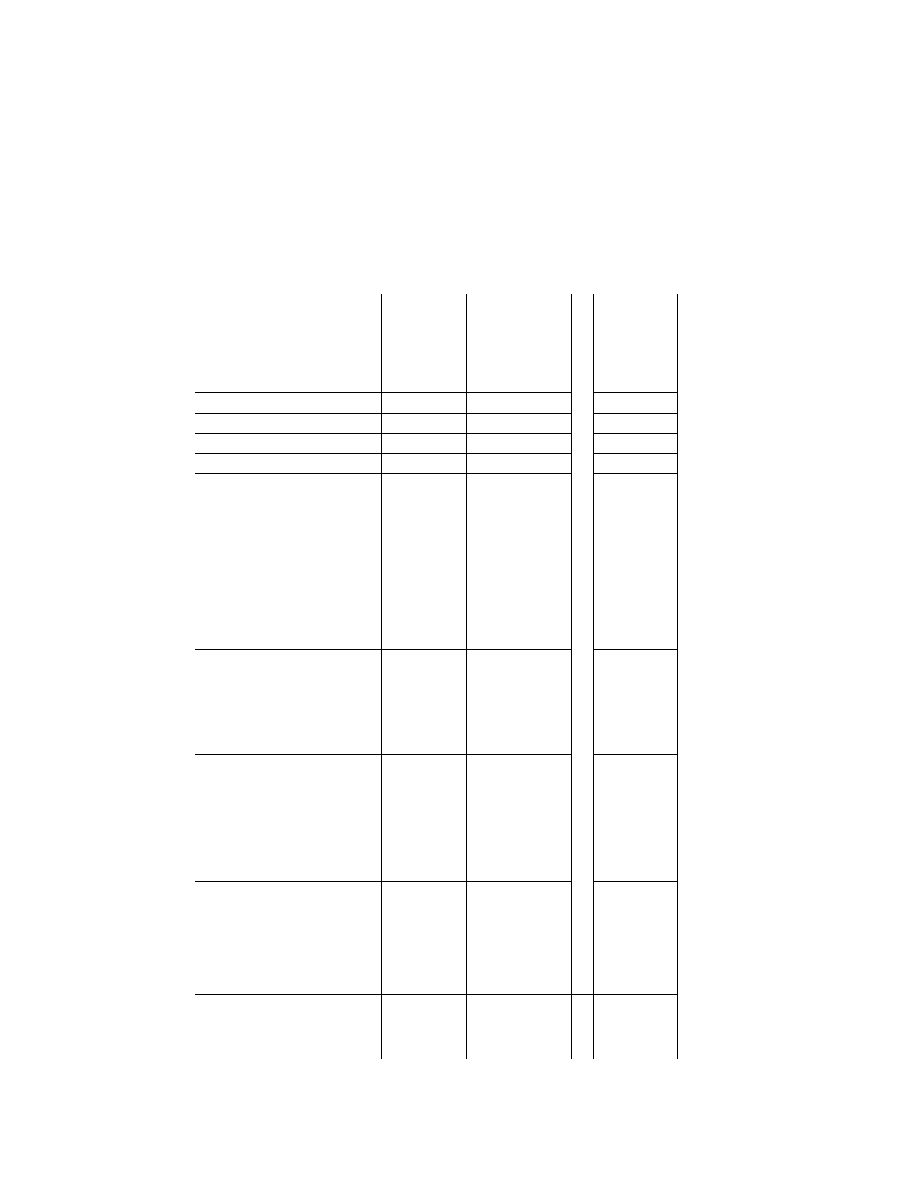
45
Federal Aviation Administration, DOT
Pt. 60, App. A
1.b.6.
.............
Crosswind Takeoff
..........
±
3 kts airspeed,
±
1.5
°
pitch
angle,
±
1.5
°
angle of at-
tack,
±
20 ft (6 m) height,
±
2
°
bank angle,
±
2
°
side-
slip angle;
±
3
°
heading
angle. Correct trend at
groundspeeds below 40
kts. for rudder/pedal and
heading. Additionally, for
those simulators of air-
planes with reversible
flight control systems:
±
10% or
±
5 lb (2.2 daN)
stick/column force,
±
10%
or
±
3 lb (1.3 daN) wheel
force,
±
10% or
±
5 lb (2.2
daN) rudder pedal force.
Takeoff
.........................
Record takeoff profile from brake release
to at least 200 ft (61 m) AGL. Re-
quires test data, including information
on wind profile for a crosswind (ex-
pressed as direct head-wind and direct
cross-wind components) of at least
60% of the maximum wind measured
at 33 ft (10 m) above the runway.
X X X X
In
those
situations
where a maximum
crosswind or a max-
imum demonstrated
crosswind is not
known, contact the
NSPM.
1.b.7.
.............
Rejected Takeoff
.............
±
5% time or
±
1.5 sec
±
7.5%
distance or
±
250 ft (
±
76
m).
Takeoff
.........................
Record time and distance from brake re-
lease to full stop. Speed for initiation
of the reject must be at least 80% of
V
1
speed. The airplane must be at or
near the maximum takeoff gross
weight. Use maximum braking effort,
auto or manual.
X
X
X
X
Autobrakes will be
used where applica-
ble.
1.b.8.
.............
Dynamic Engine Failure
After Takeoff.
±
20% or
±
2
°
/sec body angu-
lar rates.
Takeoff
.........................
Engine failure speed must be within
±
3
Kts of airplane data. Record Hands
Off from 5 secs. before to at least 5
secs. after engine failure or 30
°
Bank,
whichever occurs first. Engine failure
may be a snap deceleration to idle.
CCA: Test in Normal and Non-normal
control state.
X
X
For safety consider-
ations, airplane flight
test may be per-
formed out of
ground effect at a
safe altitude, but
with correct airplane
configuration and
airspeed.
1.c.
................
Climb.
1.c.1.
.............
Normal Climb, all engines
operating.
±
3 kts airspeed,
±
5% or
±
100 FPM (0.5 m/Sec.)
climb rate.
Clean
...........................
Flight test data is preferred, however,
airplane performance manual data is
an acceptable alternative. Record at
nominal climb speed and mid-initial
climb altitude. Flight simulator perform-
ance must be recorded over an inter-
val of at least 1,000 ft. (300 m).
X X X X
VerDate Mar<15>2010
20:48 Jan 30, 2014
Jkt 232047
PO 00000
Frm 00055
Fmt 8010
Sfmt 8002
Q:\14\14V2.TXT
ofr150
PsN: PC150